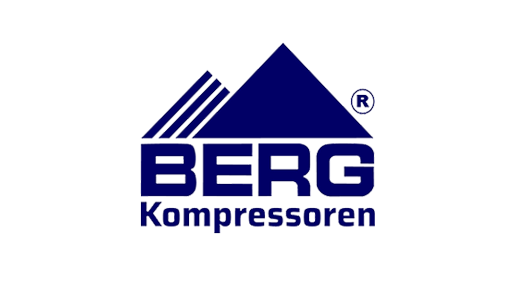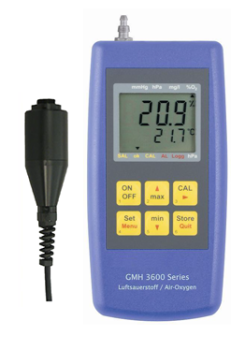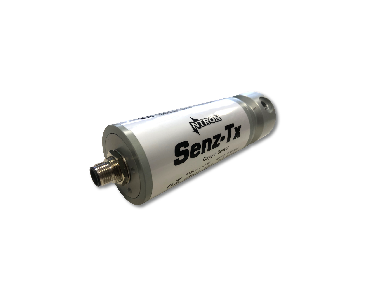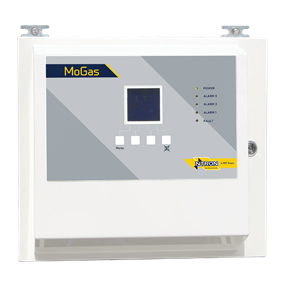Oxygen Sensor for O2 and N2 applications
The advantages of Ntron oxygen sensors in gas generators
The Oxygen sensors play an important role in oxygen and nitrogen generators by ensuring the accuracy and efficiency of the gas production process. NTRON oxygen sensors help monitor and control oxygen levels in the output gas stream, ensuring it meets required purity standards. By continuously measuring oxygen concentration, the sensor can provide real-time feedback to the generator control system. This not only ensures consistent gas quality, but also helps reduce energy consumption and operating costs by avoiding wastage of resources.
Additionally, our Zirconia oxygen sensors help maintain safety by detecting any deviations in oxygen levels that could prevent a risk to personnel or equipment. Overall, the use of oxygen sensors in oxygen and nitrogen generators improves performance, reliability and safety in gas production applications.



